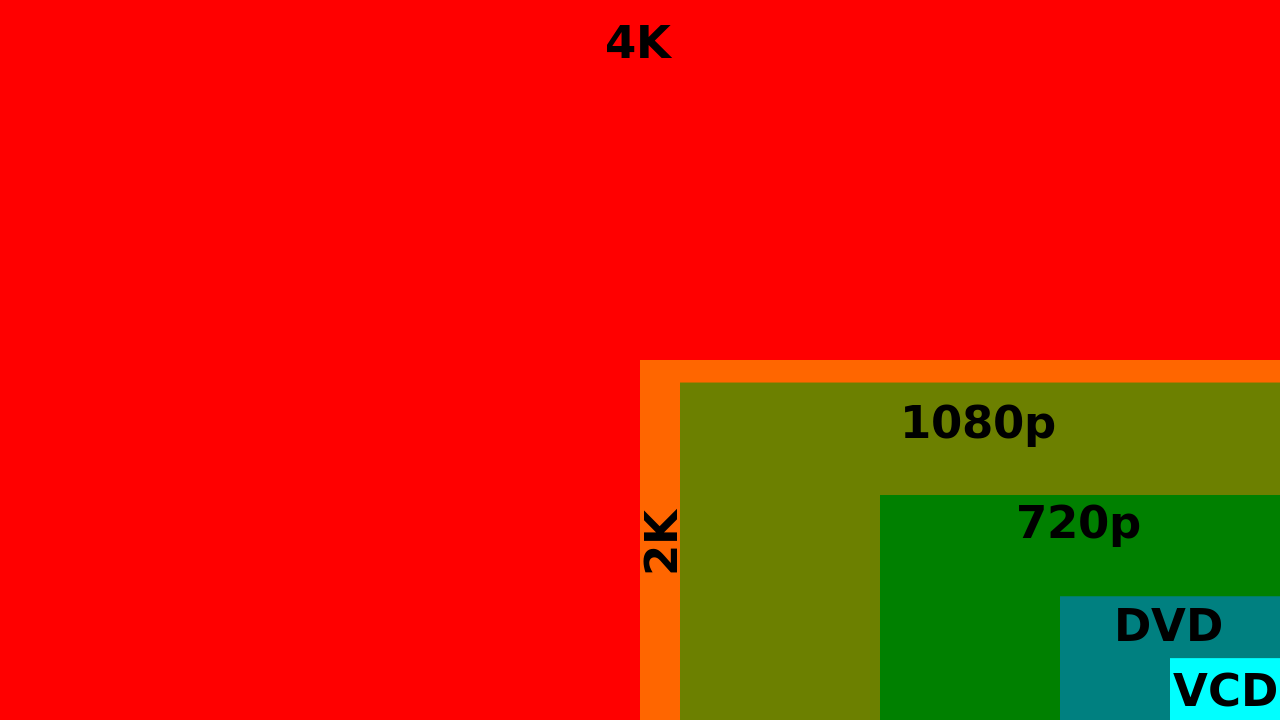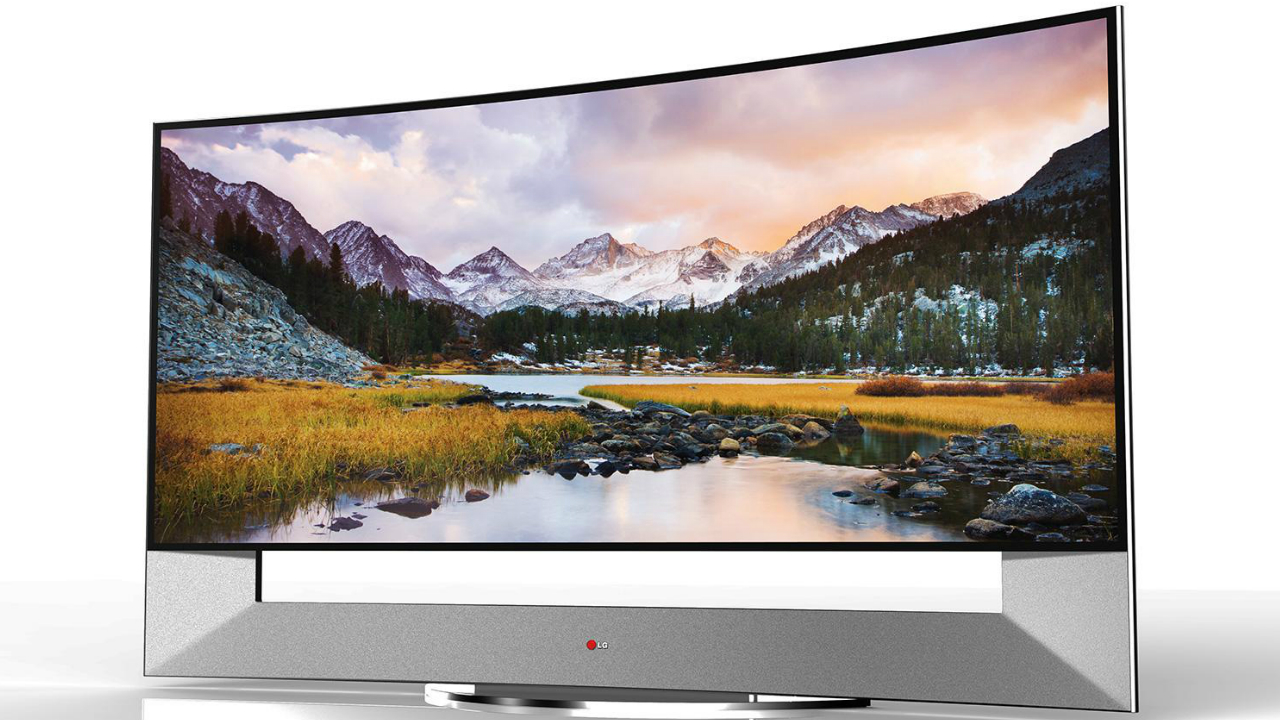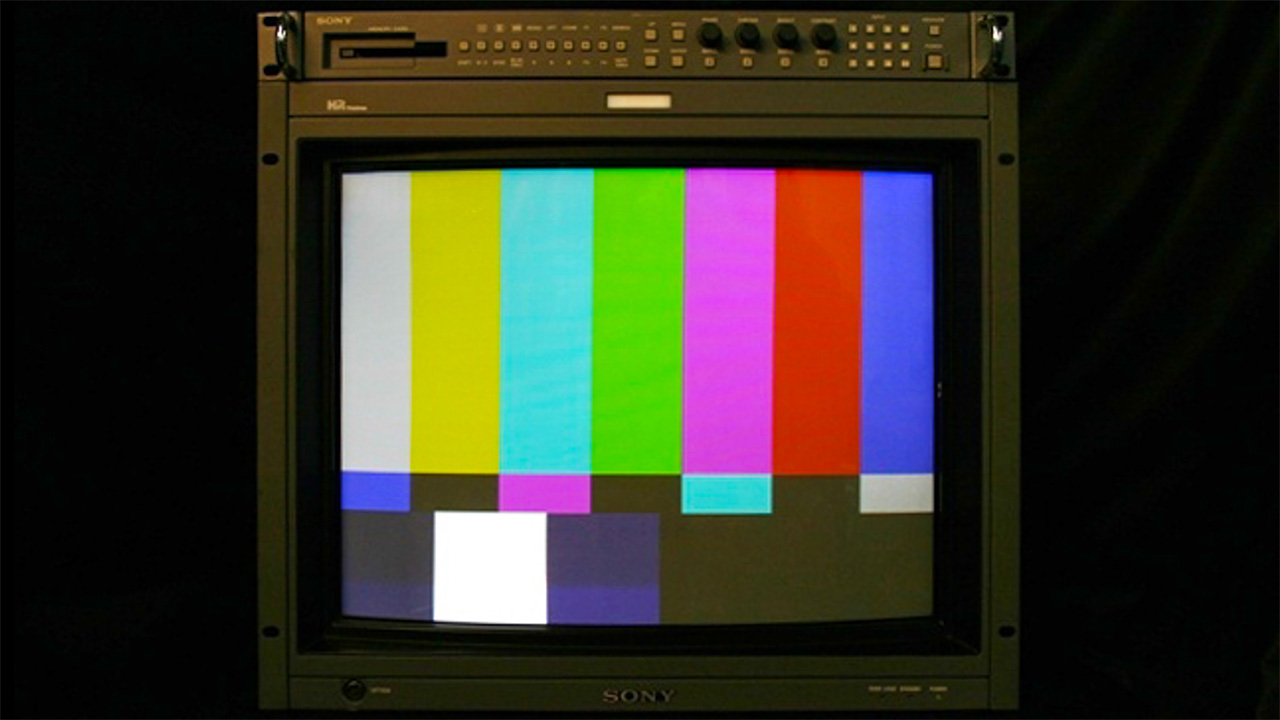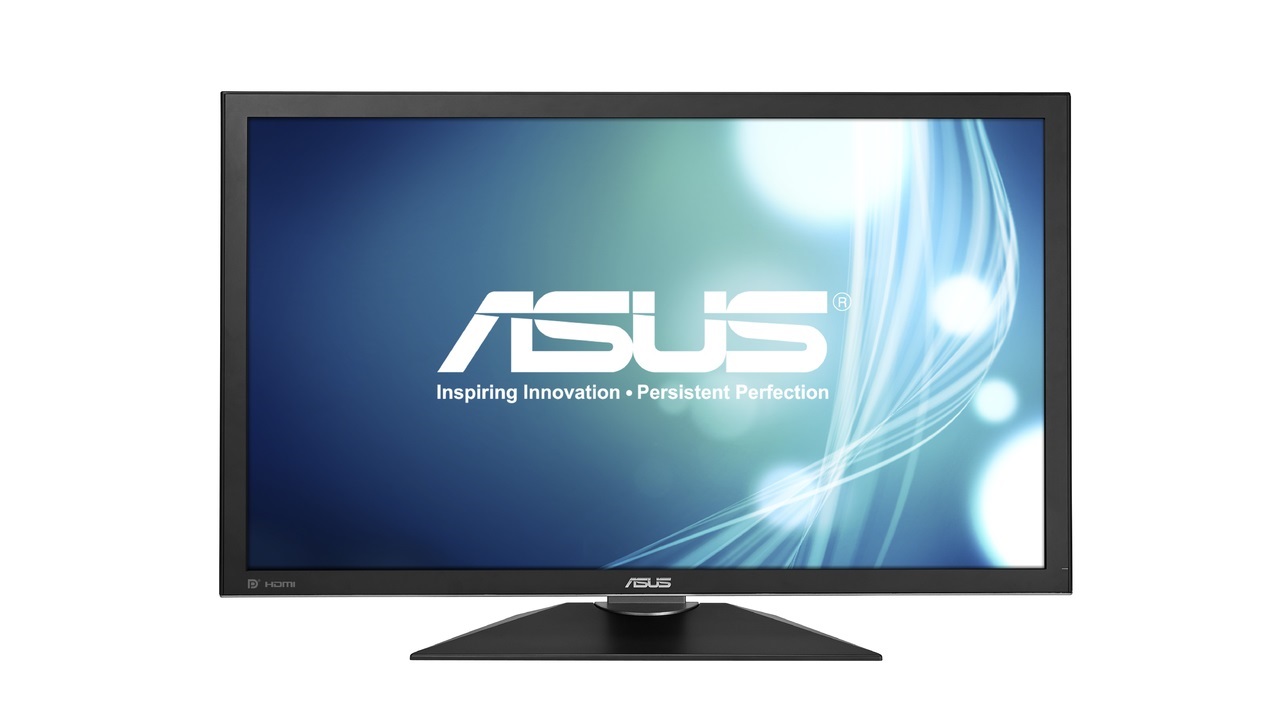Should gamers care about 4K resolution?
In search of a new definition

TV manufacturers have a problem: their existing products are good enough that people dont need to buy new TVs. They got used to big sales numbers when a confluence of several factors encouraged consumers to update their old CRT screens during the 90s and 00s. First, the arrival of LCD televisions brought down the price for HD sets. Second, more and more TV stations became available in high-definition. Finally, the FCCs planned switchover to digital signals threatened to make many analog televisions obsolete, unable to decode the signal they received.
The problem is that few of those factors are at work in 2014. The digital conversion is already completed. HD televisions are already about as cheap as theyll ever get, and you can find nearly any channel in HD. So this brings us back to the big problem facing TV makers: how do they get consumers to purchase new television sets? The answer, apparently, is 4K. But why? And what is it? We have the answers.
Why do TV makers think you need 4K?

In order to get consumers to purchase new TVs, manufacturers have to somehow convince us that their new TV is better than the one weve got now. And it cant be just a little better--theyve got to make us think that this new TV is Christmas, your birthday, and your Quinceaera all rolled together. This was easy during the switch to HDTVs in the last decade--part of the reason HDTV was so successful is that it was a massive improvement over our old CRTs. But more importantly, it was an obvious distinction, especially for sports--anybody who saw an NHL game in HD could see the difference.
There have been a few different gimmicks that TV manufacturers have pushed in hopes of replicating the flurry of purchases that came with HDTV. Remember the 3D TV fad during the late 00s? That never really caught on--how many channels broadcast in 3D today? Over the past few years, new gimmicks have emerged--bendable OLED screens come to mind--but they arent obviously better than existing HDTVs. In response TV makers are reproducing the past with their newest gimmick: Ultra HD (UHD)--better known as 4K.
The 4K difference means...

In the simplest terms, 4K is the standard resolution television manufacturers have decided to adopt for the next generation of televisions. Specifically, that resolution is 3,840 x 2160 pixels; in comparison to the 1920 x 1080 youd expect on a 1080p television. Essentially, a 4K television has 4x as many pixels as an equally large 1080p television. Think of it this way: an 80 inch 4K TV is equivalent to four 40 inch 1080p screens arranged in a square.
As you might expect, this increase in resolution is pretty obvious, especially for the really big television sets. Once you start heading north of 80 or 90 inches, even 1080p televisions start to look pretty low-res up close. 4K sets let you get much closer to the television without letting you see individual pixels. Its almost certainly going to be a hit with sports fans, where visual clarity goes a long way--seeing every divot and cut in the ice makes hockey on television feel so much more authentic.
...you're going to need a bigger TV

Lets just get this out of the way right now: 4K is not going to be for everybody. The human eye has a limited ability to resolve pixels, which means that perceived resolution is dependent on three factors: actual resolution, screen size, and viewing distance. This means that unless the consumer is planning to purchase a very large television--or sit extremely close to a mid-sized one--there isnt really any need to go to 4K.
Sign up to the GamesRadar+ Newsletter
Weekly digests, tales from the communities you love, and more
Assuming that most Americans watch their televisions from distances between 7 and 10 feet, youd have to get a staggeringly large television to make the benefits of 4K obvious. Consider this: assuming the standard 7-10 foot viewing distance, there is almost no perceivable benefit to 1080p over 720p until you reach 39 inch screens. With 4K televisions, theres very little perceivable difference until you reach 80 or 90 inch televisions. Were talking about a television with a diagonal nearly 7 feet long--these things are huge and, more importantly, you don't own one.
The biggest caveat is in content

The biggest obstacle 4K faces at the moment is a dearth of programming. Frankly, theres going to very little content available in 4K for the foreseeable future. Netflix plans to bring its self-produced show House of Cards to viewers in 4K, but it will require a fairly speedy internet connection. At this time, I couldnt find any other content provider distributing 4k content to televisions.
The worst part? Neither of the newest consoles allow users to play games in 4K. The PlayStation 4 caps out at 1080p; the Xbox One has to upscale to even reach that. And now were going to ask them to put out four times as many pixels? Not going to happen. Whats more, 4K is too large for the existing Blu-ray standard, so you wont even be able to play your movies in 4K without buying them in some new media. The silver lining here is that upscaling from 1080p to 4K is very clean, but we know that wont be good enough to satisfy the pixel-junkies.
Good news for PC gamers

While the Xbox One and PlayStation 4 are likely to be left behind, gamers with high-end PC rigs do stand to reap the benefits. This article has focused on televisions, but computer monitors are also moving to the 4K standard. A computer user is usually much closer to her monitor than somebody watching a television, so the differences in resolution are much more apparent. 4K monitors are already on the market, but if CES 2014 was any indication, we can expect the price to drop significantly.
4K is almost certain to look good on a monitor, since the user sits so close to the screen, but it should even help high-end media center PCs as well. If youre looking to stream 4K content on a big screen television, hooking it up to your PC might be your best option. It might even justify the seemingly purposeless steam machines, though youll need to look at the top of the heap if you want enough power.
Save your money for now

The long and the short of it is this: Unlike other industry gimmicks like 3D or curved screens, 4K offers a tangible, obvious benefit for people with large televisions or large monitors. Theres not really a whole lot of content, but it should come as the price of 4K screens drop.
Want to know more about the tech that gamers can look forward to? Check out What gamers should care about at CES 2014.


